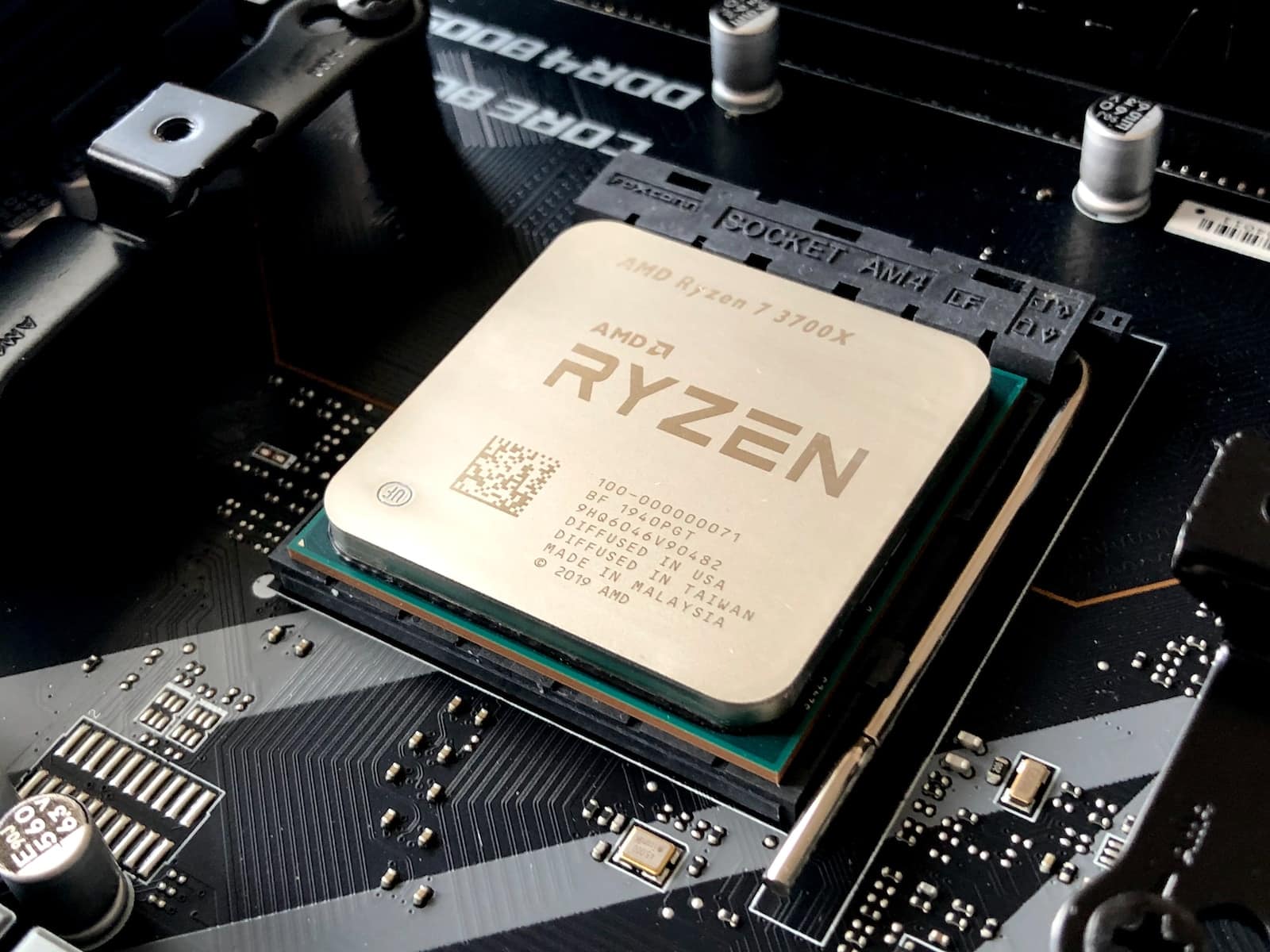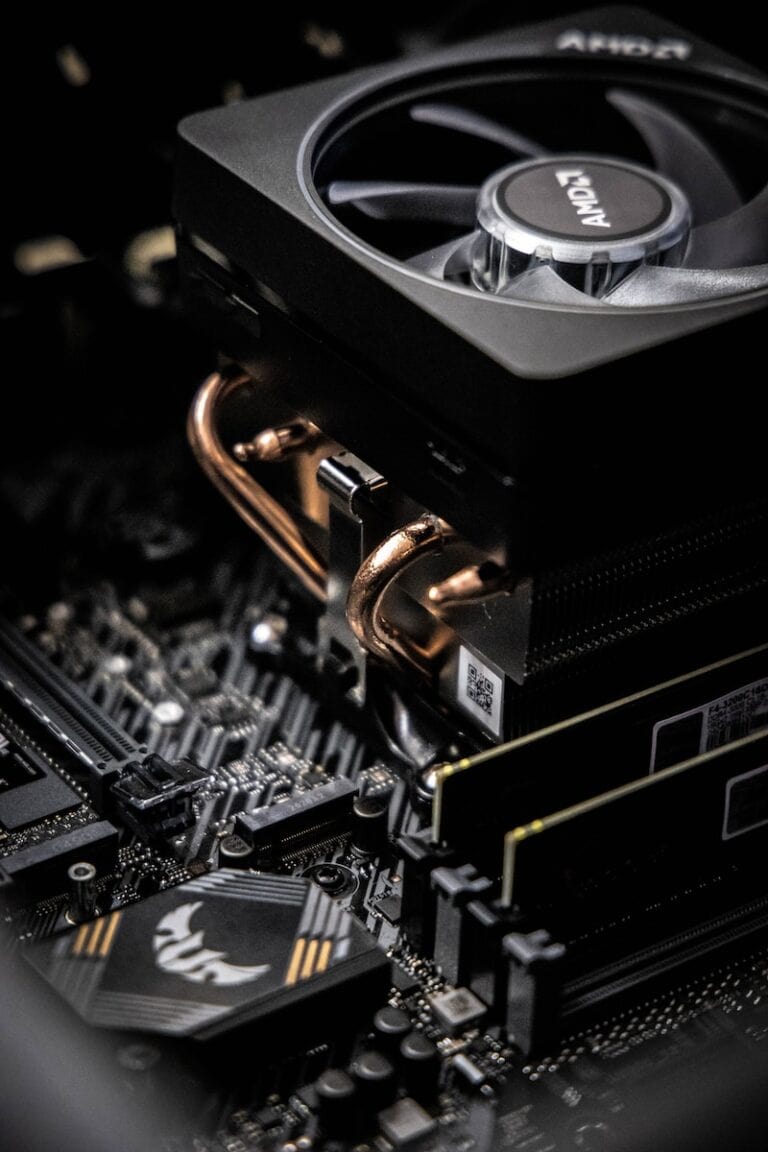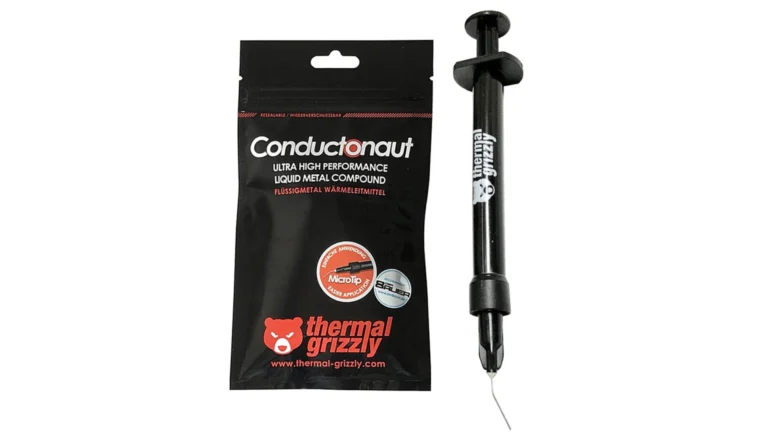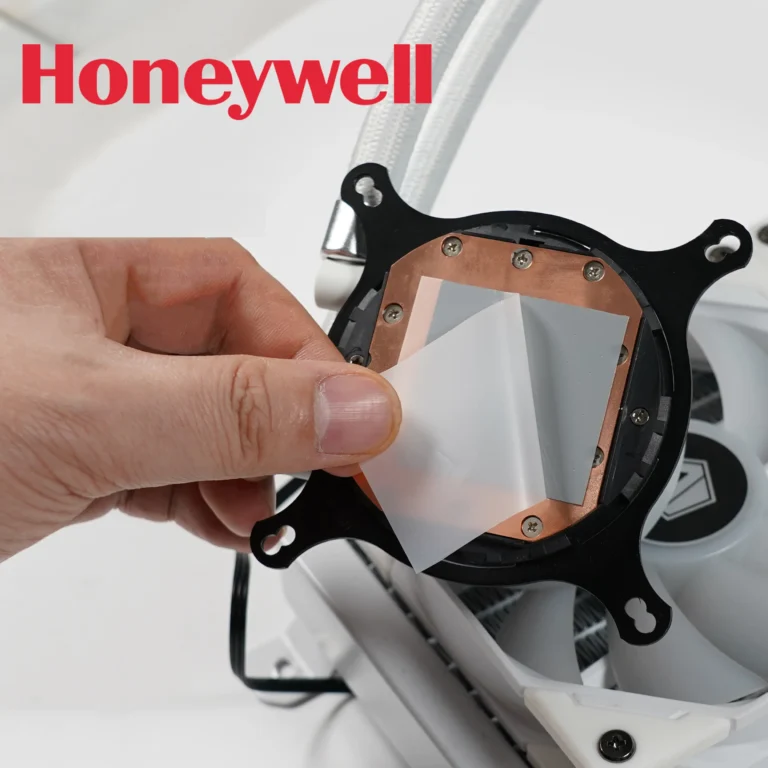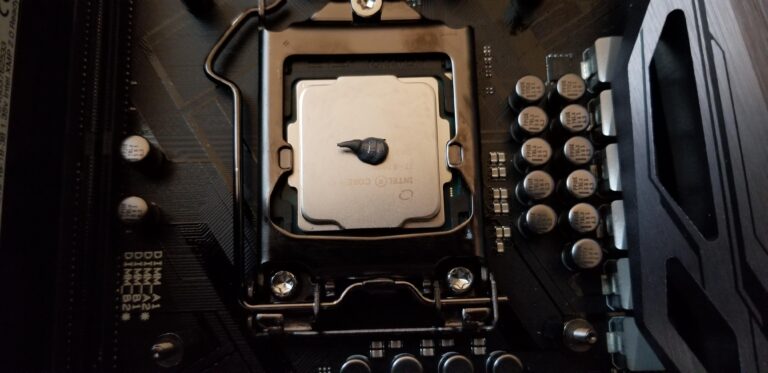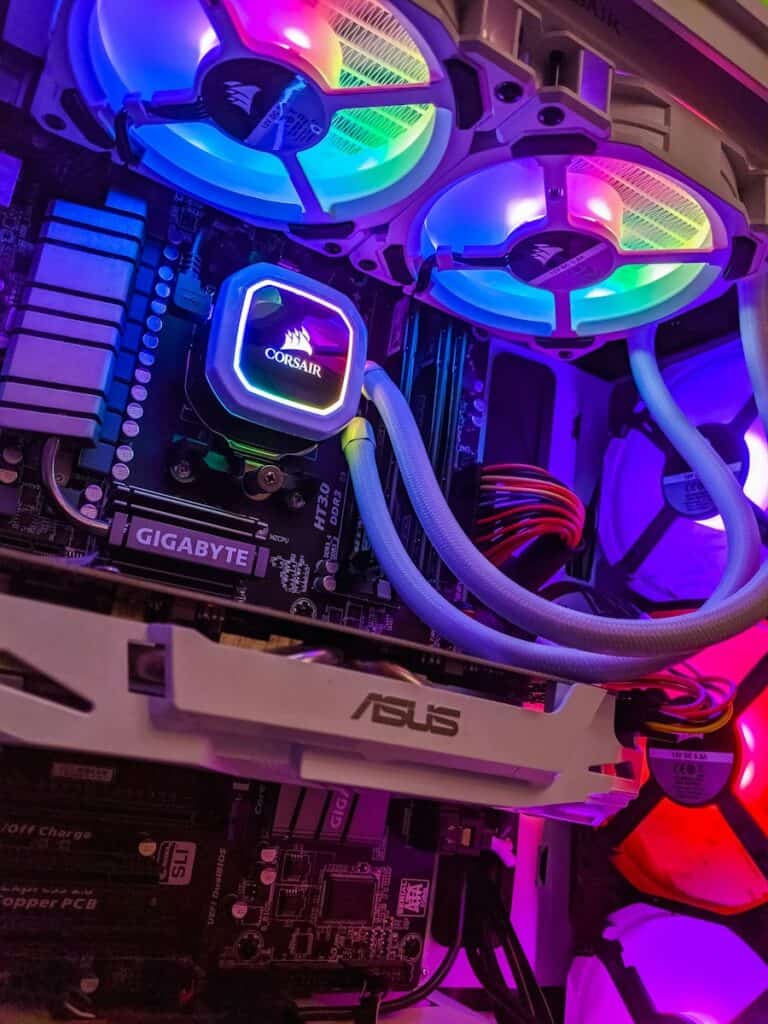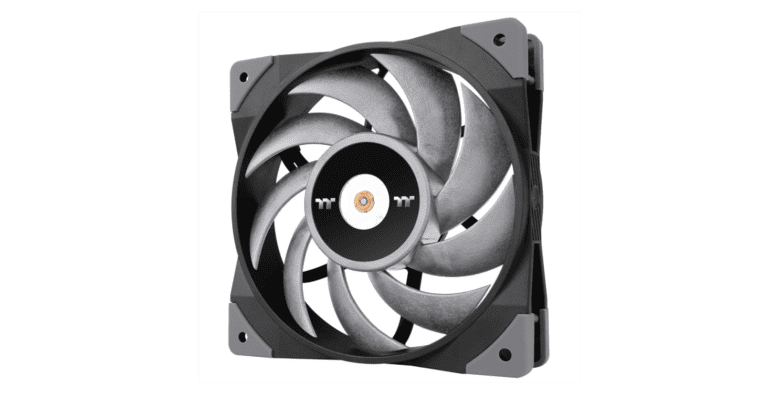Your computer’s temperature matters more than you might think. When your CPU or GPU runs too hot, your system can slow down, crash, or even suffer permanent damage. Many PC users worry about their temperatures but don’t know what numbers to watch for.
For most CPUs, normal temperatures range from 40-75°C during regular use, while GPUs typically run between 60-80°C under load. These ranges vary based on your specific hardware, cooling setup, and the tasks you’re running. Modern processors from Intel and AMD can handle temperatures up to 95-100°C before they start protecting themselves by reducing performance.
Understanding these temperature ranges helps you spot problems early and keep your system running smoothly. This guide explains what temperatures are normal for different components, when you should worry, and how to tell if your PC is running too hot.
Normal CPU and GPU Temperatures for Your PC
Maintaining proper temperatures for your CPU (Central Processing Unit) and GPU (Graphics Processing Unit) is crucial for optimal performance and longevity of your PC. Overheating can cause system instability, throttling, or even hardware damage, while running too cool is generally safe but may indicate inefficient use of resources.
Understanding CPU and GPU Temperatures
- Idle Temperature: When your PC is on but not doing much (desktop, light tasks).
- Normal Load Temperature: During typical tasks like browsing, office work, or video playback.
- Gaming/Heavy Load Temperature: When running demanding applications like games or rendering software.
- Maximum Safe Temperature: The highest temperature your CPU or GPU should reach before risking damage or performance throttling.
Ideal Temperature Ranges
| Component | Condition | Temperature (°C) | Temperature (°F) | Notes |
|---|---|---|---|---|
| CPU | Idle | 30 – 45 | 86 – 113 | Normal for most CPUs at rest |
| CPU | Normal Load | 40 – 75 | 104 – 167 | Typical for everyday tasks |
| CPU | Gaming/Heavy Load | 70 – 85 | 158 – 185 | Ideal range while gaming or heavy use |
| CPU | Max Safe Temp | 90 – 100 | 194 – 212 | Avoid sustained temps here to prevent damage |
| GPU | Idle | 30 – 45 | 86 – 113 | Normal idle temps |
| GPU | Normal Load | 40 – 70 | 104 – 158 | Regular workloads |
| GPU | Gaming/Heavy Load | 70 – 85 | 158 – 185 | Optimal gaming temps |
| GPU | Max Safe Temp | 90 – 95 | 194 – 203 | High temps; avoid prolonged exposure |
Tips to Maintain Healthy Temperatures
- Ensure proper airflow in your PC case with good intake and exhaust fans.
- Clean dust from fans and heat sinks regularly.
- Use quality thermal paste between your CPU/GPU and their coolers.
- Consider aftermarket cooling solutions if temperatures are consistently high.
- Monitor temperatures with software like HWMonitor, MSI Afterburner, or your motherboard’s utility.
Maintaining your CPU and GPU within these temperature ranges helps ensure stable performance and extends the lifespan of your components. If your temperatures regularly exceed the maximum safe limits, investigate cooling improvements or hardware issues promptly.
Key Takeaways
- Normal CPU temperatures range from 40-75°C during typical use, while GPUs run between 60-80°C under load
- Modern processors can safely operate up to 95-100°C before thermal protection kicks in
- Monitoring your temperatures helps prevent performance issues and hardware damage
Normal CPU and GPU Temperatures Explained
Your central processing unit and graphics processing unit have specific temperature ranges that keep them running safely. These ranges change based on how hard your computer works and what cooling system you use.
Safe Operating Temperature Ranges
CPU temperatures should stay between 30°C to 70°C during normal use. Most modern processors can handle up to 95°C before they shut down to protect themselves.
Intel Core processors have a maximum safe temperature of 100°C. AMD Ryzen processors can safely reach 95°C. These are emergency limits, not ideal running temperatures.
GPU temperatures work differently than CPU temperatures. Graphics cards run hotter by design.
| Component | Idle Range | Load Range | Maximum Safe |
|---|---|---|---|
| CPU | 30°C – 45°C | 60°C – 70°C | 95°C – 100°C |
| GPU | 30°C – 55°C | 60°C – 85°C | 95°C |
Your graphics processing unit should stay below 85°C under heavy gaming loads. Some high-end cards can safely reach 90°C, but keeping them cooler helps performance.
Typical Idle vs Load Temperatures
Idle temperatures happen when your computer sits unused. Your CPU should read 30°C to 45°C when browsing the web or doing light tasks.
GPU temperatures at idle range from 30°C to 55°C. Modern graphics cards often stop their fans completely when temperatures stay low.
Load temperatures occur during demanding tasks. Gaming pushes your CPU to 60°C to 70°C. Your graphics card will reach 70°C to 85°C during the same gaming session.
Video editing and rendering create sustained high temperatures. These tasks can keep both components at their upper safe limits for hours.
Temperature swings between idle and load are normal. Quick jumps from 40°C to 70°C show your cooling system responds to changing workloads.
Factors That Affect Component Temperatures
Room temperature directly impacts your PC temperatures. A hot room makes your components run 5°C to 10°C warmer than usual.
Dust buildup blocks airflow through your case and coolers. Clean computers run 10°C to 15°C cooler than dusty ones.
Your CPU cooler type makes a big difference. Stock air coolers keep most processors safe but not cool. Aftermarket air coolers drop temperatures by 10°C to 20°C.
Liquid cooling systems provide the best temperature control. They keep high-end processors below 60°C even during stress tests.
Case fans move hot air away from components. Poor airflow traps heat and raises all component temperatures.
Thermal paste between your CPU and cooler degrades over time. Old paste can add 10°C to 20°C to your CPU temperature.
Overclocking pushes components beyond factory settings. This increases heat output and requires better cooling solutions.
How to Monitor CPU and GPU Temperatures
HWMonitor shows real-time temperatures for all computer components. It displays current, minimum, and maximum readings in an easy format.
Core Temp focuses specifically on CPU temperature monitoring. It shows individual core temperatures and can alert you to dangerous levels.
MSI Afterburner works for both CPU and GPU monitoring. It also controls fan speeds and overclocking settings.
HWiNFO provides detailed system information including temperatures. It offers the most comprehensive monitoring data available.
Check temperatures while gaming or doing heavy work. Idle readings don’t show how your cooling handles real workloads.
Set up temperature alerts at 80°C for your CPU and 85°C for your GPU. These warnings give you time to fix cooling problems before damage occurs.
Monitor temperatures after installing new components or cleaning your computer. This confirms your changes improved cooling performance.
Frequently Asked Questions
Gaming temperatures should stay between 70-85°C for CPUs and under 85°C for GPUs. Safe idle temperatures range from 30-50°C for CPUs and 30-45°C for GPUs.
What are the optimal temperature ranges for CPU and GPU while gaming?
CPUs should run between 70°C and 85°C during gaming sessions. This range allows for peak performance without thermal throttling.
GPUs perform best when they stay at 85°C or lower while gaming. Some high-end graphics cards may run slightly hotter but should not exceed 90°C.
These temperatures apply to intensive gaming. Less demanding games will produce lower temperatures.
What is considered a safe temperature for a CPU during regular operation?
CPU temperatures should stay between 40°C and 75°C during normal computer use. This includes web browsing, office work, and light multitasking.
Idle CPUs typically run between 30°C and 50°C. Temperatures in this range indicate proper cooling function.
Anything above 85°C during regular tasks suggests cooling problems. Users should check their cooling system if temperatures exceed this limit.
How hot is too hot for a GPU when running intensive applications?
GPUs should not exceed 90°C during intensive tasks like 3D rendering or cryptocurrency mining. Temperatures above this point can cause performance drops and hardware damage.
The danger zone starts at 95°C for most graphics cards. Sustained temperatures at this level will trigger thermal protection mechanisms.
Modern GPUs will automatically reduce their speed when they get too hot. This protects the hardware but hurts performance.
At what temperature should I be concerned about my CPU and GPU during heavy loads?
CPU temperatures above 85°C during heavy loads require attention. Sustained temperatures at this level can reduce the processor’s lifespan.
GPU temperatures above 90°C signal potential problems. Users should improve cooling or reduce the workload when temperatures reach this point.
Both components will throttle their performance to prevent overheating. This automatic protection prevents damage but reduces computing power.
What are the ideal idle temperatures for a PC’s CPU and GPU?
CPUs should idle between 30°C and 50°C when the computer is not running demanding programs. Temperatures in this range show the cooling system works properly.
GPUs typically idle between 30°C and 45°C. Modern graphics cards often stop their fans completely during idle periods.
Idle temperatures above 65°C for either component suggest problems. Dust buildup or failing cooling systems often cause high idle temperatures.
How can ambient room temperature affect CPU and GPU operating temperatures?
Room temperature directly impacts computer component temperatures. Each degree of room temperature increase raises internal temperatures by roughly the same amount.
Hot rooms make cooling systems work harder. Computers in 30°C rooms will run hotter than those in 20°C environments.
Poor ventilation around the computer case makes the problem worse. Users should ensure adequate airflow around their systems, especially in warm rooms.

